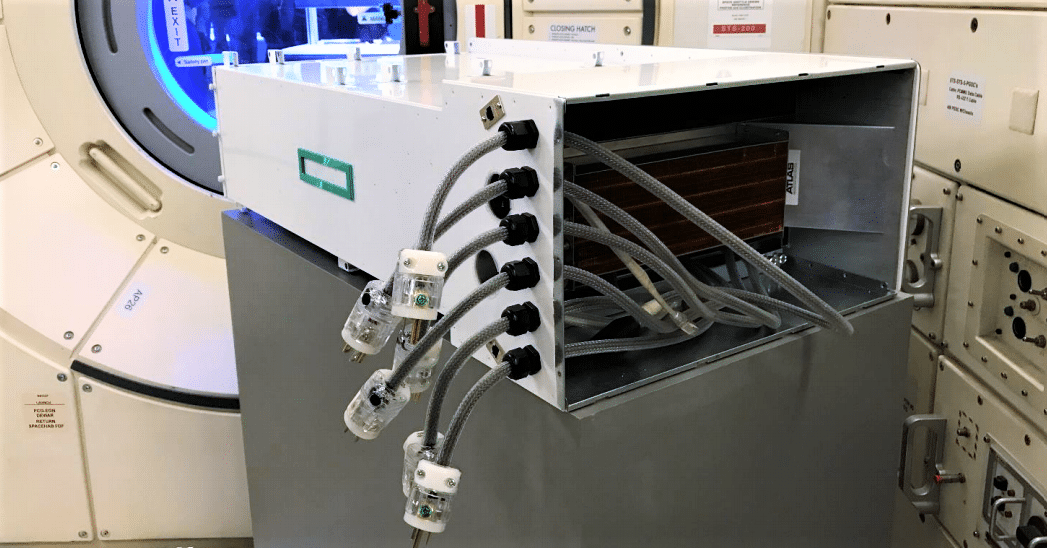HPE launched the first off-the-shelf supercomputer, Spaceborne Computer-1, to the International Space Station (ISS) back in 2017. The Spaceborne Computer-1 ran on the ISS for 651 days, near flawlessly, before returning to Earth. The big takeaway is that supercomputers can survive and function well in the harsh environment of space. On February 20, 2021, HPE plans on launching Spaceborne Computer-2 to the ISS to improve on the predecessor.
HPE launched the first off-the-shelf supercomputer, Spaceborne Computer-1, to the International Space Station (ISS) back in 2017. The Spaceborne Computer-1 ran on the ISS for 651 days, near flawlessly, before returning to Earth. The big takeaway is that supercomputers can survive and function well in the harsh environment of space. On February 20, 2021, HPE plans on launching Spaceborne Computer-2 to the ISS to improve on the predecessor.

Spaceborne Computer-2 brings enhanced edge-computing and AI capabilities to the ISS. The new supercomputer brings twice the computing power of the first making research results much faster, HPE claims minutes compared to months. So, what are they attempting to use this computing power for? Mainly to make space more sustainable. Create things in space versus firing them up there from Earth. We’ll get more into the brass tacks on this podcast as I sit down with HPE’s Principal Investigator for Spaceborne Computer-2, Mark Fernandez.
HPE Spaceborne Computer Website
Subscribe to our podcast:
Engage with StorageReview
Newsletter | YouTube | LinkedIn | Instagram | Twitter | Facebook | TikTok | RSS Feed
